-
 Bitcoin
Bitcoin $88,561.7557
-7.42% -
 Ethereum
Ethereum $2,386.1283
-11.59% -
 Tether USDt
Tether USDt $0.9995
-0.08% -
 XRP
XRP $2.1412
-13.49% -
 BNB
BNB $603.7490
-6.23% -
 Solana
Solana $134.0610
-15.40% -
 USDC
USDC $0.9998
-0.04% -
 Dogecoin
Dogecoin $0.2020
-12.37% -
 Cardano
Cardano $0.6489
-11.92% -
 TRON
TRON $0.2278
-7.40% -
 Chainlink
Chainlink $14.5401
-13.21% -
 Avalanche
Avalanche $20.8088
-12.79% -
 Stellar
Stellar $0.2797
-12.10% -
 Toncoin
Toncoin $3.3738
-9.58% -
 Litecoin
Litecoin $111.1339
-9.93% -
 Sui
Sui $2.6927
-17.52% -
 UNUS SED LEO
UNUS SED LEO $8.9090
-8.64% -
 Shiba Inu
Shiba Inu $0.0...01339
-9.54% -
 Hedera
Hedera $0.1814
-10.64% -
 MANTRA
MANTRA $7.7583
-8.28% -
 Polkadot
Polkadot $4.2594
-10.38% -
 Hyperliquid
Hyperliquid $18.2177
-14.17% -
 Ethena USDe
Ethena USDe $0.9998
-0.03% -
 Bitcoin Cash
Bitcoin Cash $281.6140
-10.76% -
 Dai
Dai $0.9997
-0.02% -
 Bitget Token
Bitget Token $4.3526
-12.02% -
 Uniswap
Uniswap $7.7183
-10.33% -
 Monero
Monero $217.7978
-6.97% -
 NEAR Protocol
NEAR Protocol $2.8702
-13.53% -
 Pepe
Pepe $0.0...07612
-14.85%
What is the block time for replacement coins?
Examining the block times of replacement coins like Stellar, EOS, Algorand, Solana, and Avalanche reveals insights into their network characteristics and potential advantages in transaction speed and scalability.
Dec 31, 2024 at 05:54 pm
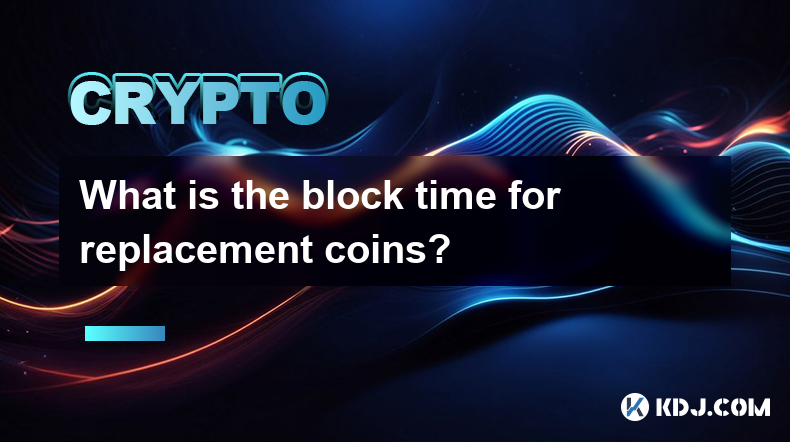
Key Points:
- Block time is a crucial parameter in blockchain networks, affecting confirmation times, network efficiency, and scalability.
- Replacement coins aim to enhance network performance by utilizing alternative consensus mechanisms and architectural optimizations.
- Understanding the block time of replacement coins provides insights into their network characteristics and potential advantages.
Block Time for Replacement Coins
1. Stellar (XLM): 5-6 seconds
- Stellar's Stellar Consensus Protocol (SCP) employs a federated byzantine agreement algorithm, where validators collaborate to reach consensus.
- The rapid block time of 5-6 seconds enables faster confirmation times, enhancing transaction speed and user experience.
- Stellar's design prioritizes scalability, ensuring that network performance remains efficient even under heavy transaction loads.
2. EOS (EOS): 0.5 seconds
- EOS's Delegated Proof of Stake (DPoS) mechanism assigns block production responsibilities to a set of elected delegates.
- The extremely short block time of 0.5 seconds allows for near-instantaneous transaction finality, fostering rapid application development.
- EOS's focus on scalability and parallel processing enables the network to handle high transaction volumes without compromising performance.
3. Algorand (ALGO): 4.5 seconds
- Algorand's Pure Proof of Stake (PPoS) consensus protocol uses a lottery system to select block proposers.
- The block time of 4.5 seconds strikes a balance between transaction speed and security, ensuring both efficient transaction processing and protection against attacks.
- Algorand's architectural optimizations, such as pipelining and microblocks, enhance scalability while maintaining network integrity.
4. Solana (SOL): 0.4 seconds
- Solana's Proof of History (PoH) mechanism generates a verifiable timeline of events, enabling fast block confirmation without requiring global network consensus.
- The incredibly low block time of 0.4 seconds allows for ultra-fast transactions and high throughput.
- Solana's novel architecture, including Parallelization and Gulfstream, optimizes network efficiency and enables near-instantaneous transaction processing.
5. Avalanche (AVAX): 2 seconds
- Avalanche's Snowman consensus protocol combines Proof of Work and Proof of Stake mechanisms to achieve consensus.
- The block time of 2 seconds represents a compromise between confirmation speed and decentralization.
- Avalanche's subnet architecture allows for the creation of customized subnets with varying block times to cater to specific application requirements.
FAQs:
Q: What factors influence block time in replacement coins?
A: Consensus mechanisms, network architecture, and node performance all impact the block time of replacement coins.
Q: How does block time affect network performance?
A: Block time directly affects transaction confirmation times, network efficiency, and the ability to handle high transaction volumes.
Q: What are the benefits of a short block time?
A: Faster confirmation times, improved user experience, and increased scalability potential.
Disclaimer:info@kdj.com
The information provided is not trading advice. kdj.com does not assume any responsibility for any investments made based on the information provided in this article. Cryptocurrencies are highly volatile and it is highly recommended that you invest with caution after thorough research!
If you believe that the content used on this website infringes your copyright, please contact us immediately (info@kdj.com) and we will delete it promptly.
- The Race Is On—Which Crypto Will Lead?
- 2025-02-25 17:10:29
- Trump Tariffs Rattle Risk Sentiment
- 2025-02-25 17:10:29
- Remittix (RTX) – The New “XRP 2.0” is Causing a Stir of Enthusiasm in the Crypto Space
- 2025-02-25 17:10:29
- Ethereum Price to End February on The Worst Note?
- 2025-02-25 17:10:29
- Grayscale ADA ETF Filing Acknowledged by SEC
- 2025-02-25 17:10:29
- Bitcoin (BTC) Hashrate Plummets, Miners No Longer Optimistic About the Asset's Outcome
- 2025-02-25 17:10:29
Related knowledge
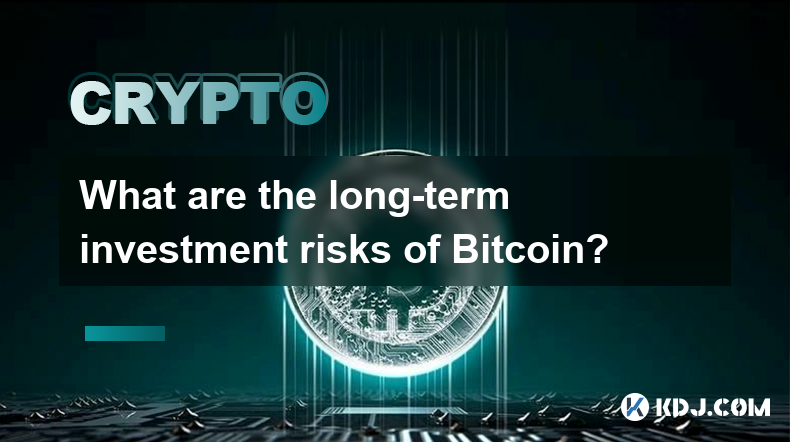
What are the long-term investment risks of Bitcoin?
Feb 22,2025 at 05:30pm
Key PointsVolatility and price fluctuationsRegulatory uncertaintySecurity risksCompetition from altcoinsMarket manipulation and scamsTransaction feesEnvironmental concernsLong-Term Investment Risks of BitcoinVolatility and Price FluctuationsBitcoin's high volatility is a double-edged sword. While it has the potential to generate substantial returns, it ...
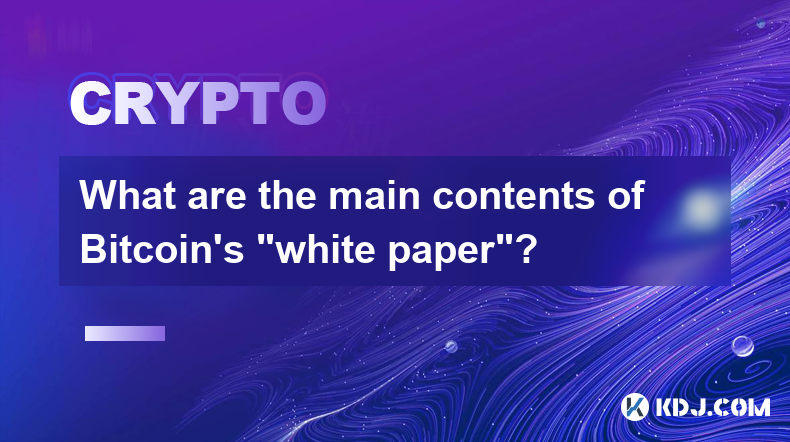
What are the main contents of Bitcoin's "white paper"?
Feb 21,2025 at 04:36am
Key Points:Understanding Bitcoin's Genesis: The White Paper's IntroductionA Decentralized Digital Currency: Bitcoin's Core ConceptBlockchain Technology: The Foundation of Bitcoin's Immutable LedgerProof-of-Work: Securing Bitcoin's NetworkThe Design of Bitcoin's Currency: Issuance, Scarcity, and DivisibilityBitcoin's Potential Applications and Future Pro...
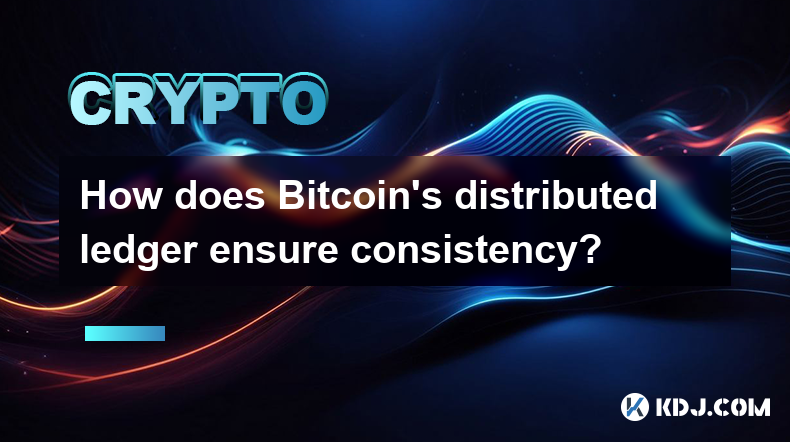
How does Bitcoin's distributed ledger ensure consistency?
Feb 22,2025 at 10:06pm
Key Points:Bitcoin employs a distributed ledger, also known as a blockchain, to maintain a tamper-proof and consistent record of transactions.The blockchain is a decentralized network of computers that collectively validate and store transaction data.Bitcoin's distributed ledger ensures consistency through consensus mechanisms and cryptographic algorith...
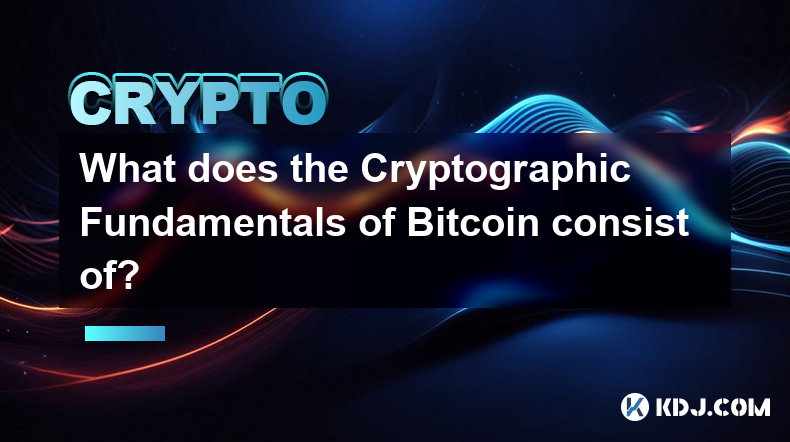
What does the Cryptographic Fundamentals of Bitcoin consist of?
Feb 21,2025 at 12:06pm
Key PointsUnderstanding the cryptographic algorithms used in BitcoinFamiliarization with the Bitcoin blockchain and its underlying mechanicsExamination of the security measures that protect Bitcoin from attackAnalysis of the decentralized nature of Bitcoin and its implicationsDiscussion of the scalability and transaction fee issues associated with Bitco...
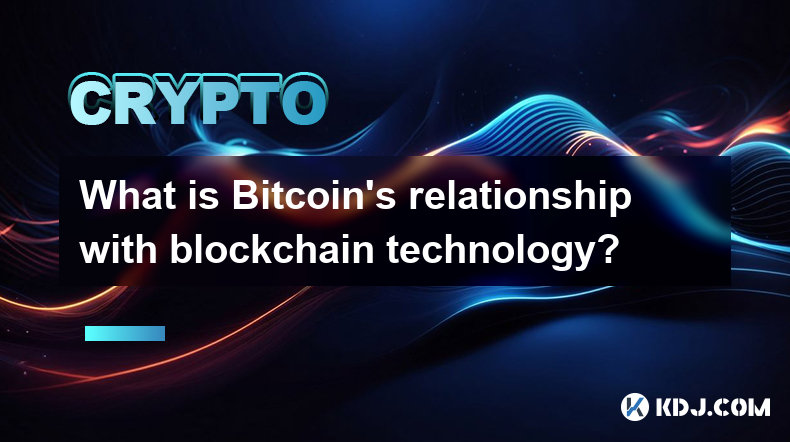
What is Bitcoin's relationship with blockchain technology?
Feb 22,2025 at 07:00pm
Bitcoin's Intertwined Relationship with Blockchain TechnologyKey Points:Definition of blockchain technology and its decentralized natureBitcoin's utilization of blockchain for secure and immutable transactionsThe role of blockchain in verifying and confirming transactionsEvolution of blockchain technology beyond Bitcoin's cryptocurrency applicationsUnde...
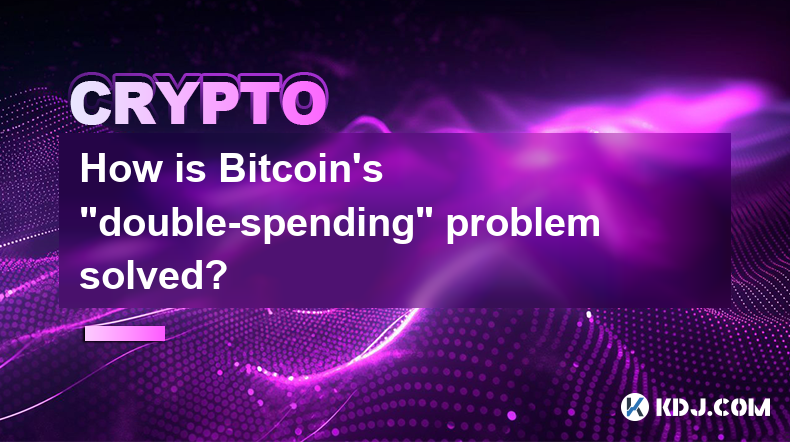
How is Bitcoin's "double-spending" problem solved?
Feb 23,2025 at 02:54am
Key Points:The double-spending problem refers to the potential for a digital currency transaction to be reversed, allowing the same funds to be spent multiple times.Bitcoin solves this problem through the use of a decentralized blockchain, a public ledger that records all transactions permanently and securely.The immutability and transparency of the blo...

What are the long-term investment risks of Bitcoin?
Feb 22,2025 at 05:30pm
Key PointsVolatility and price fluctuationsRegulatory uncertaintySecurity risksCompetition from altcoinsMarket manipulation and scamsTransaction feesEnvironmental concernsLong-Term Investment Risks of BitcoinVolatility and Price FluctuationsBitcoin's high volatility is a double-edged sword. While it has the potential to generate substantial returns, it ...

What are the main contents of Bitcoin's "white paper"?
Feb 21,2025 at 04:36am
Key Points:Understanding Bitcoin's Genesis: The White Paper's IntroductionA Decentralized Digital Currency: Bitcoin's Core ConceptBlockchain Technology: The Foundation of Bitcoin's Immutable LedgerProof-of-Work: Securing Bitcoin's NetworkThe Design of Bitcoin's Currency: Issuance, Scarcity, and DivisibilityBitcoin's Potential Applications and Future Pro...

How does Bitcoin's distributed ledger ensure consistency?
Feb 22,2025 at 10:06pm
Key Points:Bitcoin employs a distributed ledger, also known as a blockchain, to maintain a tamper-proof and consistent record of transactions.The blockchain is a decentralized network of computers that collectively validate and store transaction data.Bitcoin's distributed ledger ensures consistency through consensus mechanisms and cryptographic algorith...

What does the Cryptographic Fundamentals of Bitcoin consist of?
Feb 21,2025 at 12:06pm
Key PointsUnderstanding the cryptographic algorithms used in BitcoinFamiliarization with the Bitcoin blockchain and its underlying mechanicsExamination of the security measures that protect Bitcoin from attackAnalysis of the decentralized nature of Bitcoin and its implicationsDiscussion of the scalability and transaction fee issues associated with Bitco...

What is Bitcoin's relationship with blockchain technology?
Feb 22,2025 at 07:00pm
Bitcoin's Intertwined Relationship with Blockchain TechnologyKey Points:Definition of blockchain technology and its decentralized natureBitcoin's utilization of blockchain for secure and immutable transactionsThe role of blockchain in verifying and confirming transactionsEvolution of blockchain technology beyond Bitcoin's cryptocurrency applicationsUnde...

How is Bitcoin's "double-spending" problem solved?
Feb 23,2025 at 02:54am
Key Points:The double-spending problem refers to the potential for a digital currency transaction to be reversed, allowing the same funds to be spent multiple times.Bitcoin solves this problem through the use of a decentralized blockchain, a public ledger that records all transactions permanently and securely.The immutability and transparency of the blo...
See all articles

















































































